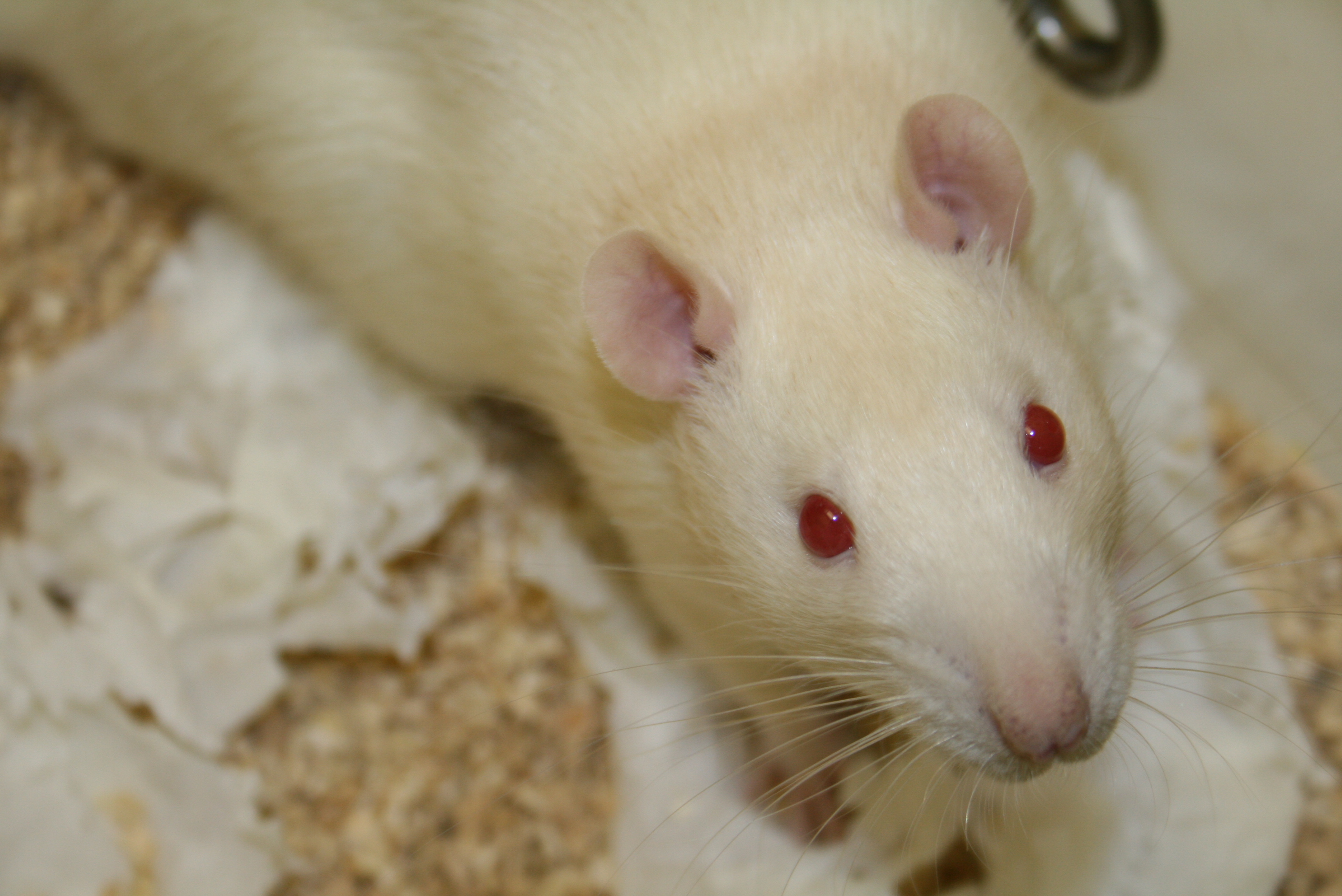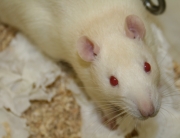This is a clear English summary of a new, peer-reviewed scientific paper investigating the stomachs of rats fed a genetically modified corn diet, by Dr Irena Zdziarski, Dr Judy Carman and Dr John Edwards. The study followed OECD guidelines and was done by researchers at Adelaide University, Flinders University and the Institute of Health and Environmental Research, all based in South Australia.
We previously published a feeding study comparing the health of pigs fed a GM diet to pigs fed a comparable non-GM diet. The GM diet contained GM corn (maize) with three common genetic modifications. Our study found an increase in severe stomach inflammation in the pigs on the GM diet, which was more than twice as high for female pigs and four times as high for male pigs
We suggested that these results were due to the presence of two insecticidal proteins that the plant was genetically engineered to make. In a separate study, we published a review of published studies that looked at the digestive tract of rats under a microscope, where rats were fed a GM diet for 90 days or longer, and where the GM material
contained one or more of those three genes.
We could not find a single study that was properly conducted or reported. We concluded that there was not enough evidence to conclude that these crops were safe to eat.
In this study, we fed rats a diet containing either GM corn (maize) or non-GM corn for almost 6 months.
The GM corn variety is commonly-grown and contains those same three genes. The GM corn therefore produced three unique proteins. One protein made the plant resistant to a herbicide, while two other proteins were insecticides, being so called “Cry” or “Bt” proteins.
At the end of the experiment, the rats were killed and samples of their stomachs were taken and observed under regular and specialised microscopes. This is the best way of seeing any changes to the structure of the stomach. We found that rats fed the GM corn diet had worrying changes in the lining of their stomachs.
Any two cells that line the stomach are normally held tightly against each other to form a “tight junction”. This stops any bacteria, viruses or food particles from leaking out from the stomach into the tissues of the body. We found that the rats fed the GM corn had gaps in their tight junctions. This is called “poor apposition”. On average, this was five times greater in rats fed the GM corn diet. Poor apposition should not occur in normal, healthy stomachs. Yet every stomach section we saw in rats fed the GM diet had these gaps between a number of cells. Seventy percent of the GM-fed rats had at least 30% of their tight junctions poorly apposed, compared to nil rats on the non-GM diet. The risk of a rat having 30% or more of its tight junctions poorly apposed was more than 7 times higher if the rat was fed the GM diet. Future experiments should be done to determine if the changes result in any actual leakage of substances from the stomach and hence any increased risk of developing allergies, or infections from microbes in food or water.
In addition, the lining of the stomach has microscopic pits in it. Cells in the pits produce mucus to protect the stomach from stomach acid. The bottom of each pit divides into two long, straight glands. These glands produce stomach acid to help digest food. While we saw some dilated (i.e. swollen) glands in rats fed the GM diet and those fed the non-GM diet, the rats fed the non-GM diet had smaller swellings and the cells lining the glands looked normal. In contrast, the glands in the GM-fed group were much more swollen, they often contained debris or mucus, and the cells lining the glands were often abnormal. For example, some cells were stretched or longer than they should have been. More than six times as many rats had glands that were both swollen and lined with elongated cells in the GM-fed group. While every rat on the GM diet showed at least one gland that looked like that, none of the rats fed the non-GM diet showed this pathology.
In addition. some cells in the glands of GM-fed rats showed signs of dysplasia. This is a condition where cells are abnormal. It may progress to cancer. Many tests that screen for cancer, actually screen for dysplasia (e.g. a Pap smear for cervical cancer). In these GM-fed rats, dysplasia took the form of finding cells in a location where they would not normally occur. This kind of change often happens after injury or a drastic change in the stomach environment. Often, once such a trigger is removed, these abnormal cells can disappear. However, sometimes the damage is too severe for the tissue to recover and it can further develop into something more serious, such as cancer. Future studies should investigate the risk of these kinds of serious conditions developing.
Meanwhile other cells, lying mostly at the base of the pits in the stomach, showed a statistically significant 21% reduction in the number of dividing cells in rats fed the GM diet compared to those fed the non-GM diet.
Joining together all the adverse findings into a single severity score, we found that the rats on the GM diet had a score that was 33% higher than rats on the non-GM diet.
The changes we saw are closest to those seen with chemical gastropathy (also called reactive gastritis), caused by chemical irritants, such as aspirin, damaging the lining of the stomach.
Our results support other research that Bt proteins produced by GM crops may not be as safe as previously assumed.




































